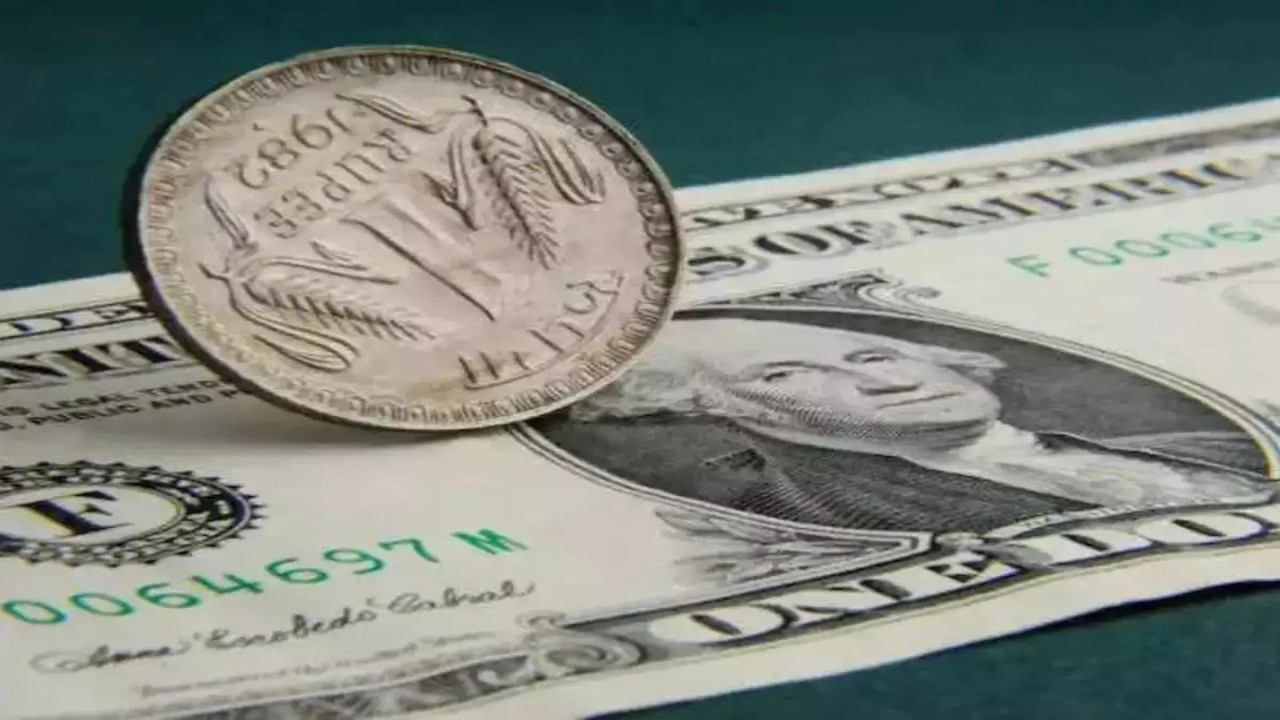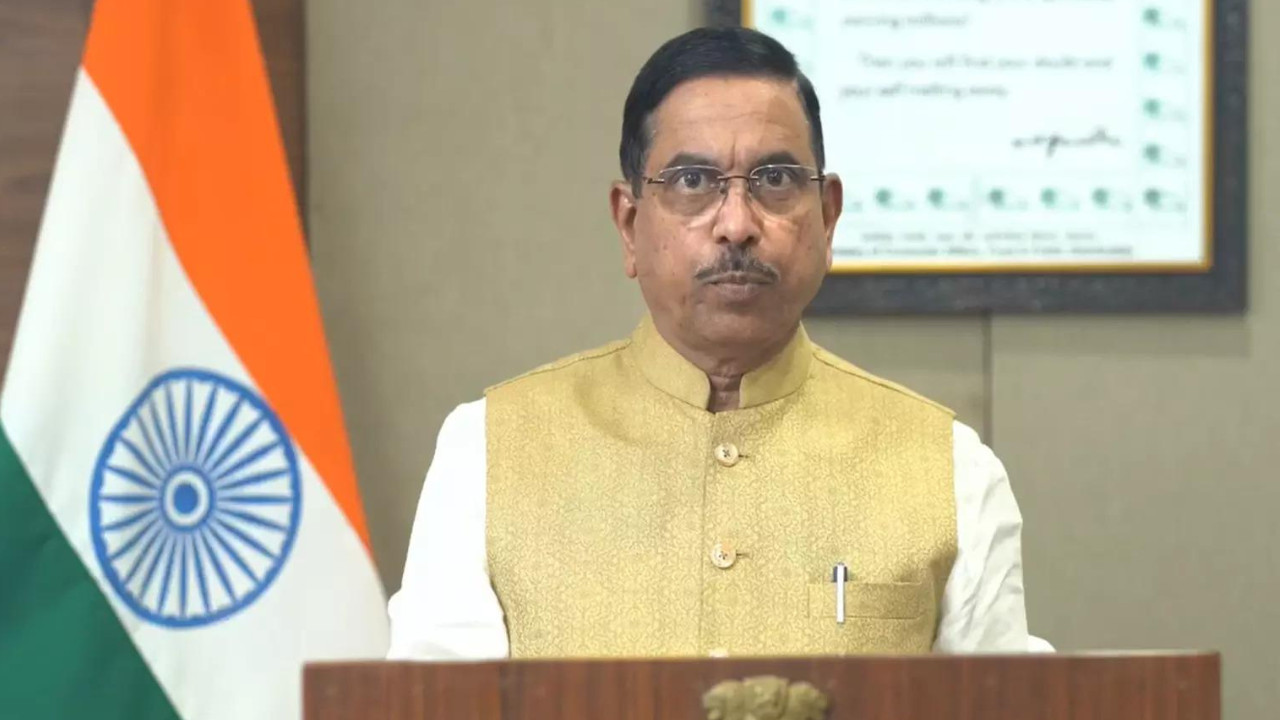The Indian rupee plummeted to a record low of 88.35 against the US dollar, pressured by ongoing trade tensions between India and the US, continuous foreign fund outflows, and rising crude oil prices. Despite positive domestic equities and diplomatic efforts, the rupee faces headwinds from a stronger dollar and importer demand.
The Rupee’s Dance: Understanding Recent Movements Against the Dollar
The Indian rupee has been on a bit of a rollercoaster lately, sparking conversations around kitchen tables and in the halls of economic power. Recently, it touched a new closing low of 83.35 against the US dollar. But what’s fueling this dip, and what does it mean for the average person? Let’s unpack the key factors at play.
One of the primary drivers is the strength of the US dollar itself. The dollar index, which measures the dollar’s value against a basket of other major currencies, has been flexing its muscles. This isn’t happening in a vacuum. Global economic uncertainties, shifts in monetary policy by the US Federal Reserve, and geopolitical tensions all contribute to investors flocking to the perceived safety of the dollar. Think of it like this: when storms gather on the horizon, people seek shelter, and for many investors, that shelter is the US dollar.
<img src="image-of-rupee-coins.jpg" alt="A stack of Indian rupee coins, symbolizing the fluctuations in rupee value.” width=”600″ height=”400″>
Another significant pressure point comes from rising crude oil prices. India is a major importer of oil, and when crude prices climb, it increases the demand for dollars to pay for those imports. This increased demand puts downward pressure on the rupee. Imagine a teeter-totter: as the demand for dollars goes up, the value of the rupee tends to go down, creating a delicate balancing act that impacts everything from petrol prices at the pump to the cost of imported goods.
Furthermore, the foreign fund outflows from the Indian equity markets add another layer of complexity. When foreign investors decide to pull their money out of Indian stocks, they convert rupees back into their home currencies, further increasing the demand for dollars and contributing to the rupee’s depreciation. This ebb and flow of investment is a constant force shaping the currency landscape.
So, what does all this mean for you and me? A weaker rupee can make imported goods more expensive. This means things like electronics, certain food items, and even some raw materials used in manufacturing could see a price hike. This can then contribute to inflationary pressures, potentially impacting household budgets.
However, there’s also a flip side. A weaker rupee can be a boon for Indian exporters. It makes their goods and services more competitive in the global market, potentially boosting exports and supporting economic growth. Think of it as a double-edged sword, with both potential benefits and drawbacks. The impact of a fluctuating rupee value ripples across different sectors, creating winners and losers.
What steps can be taken to mitigate the negative impacts of these fluctuations? The Reserve Bank of India (RBI) plays a crucial role in managing the rupee’s exchange rate. The RBI has various tools at its disposal, including intervening in the currency markets by buying or selling dollars to influence the rupee’s value. They also use monetary policy tools, like adjusting interest rates, to manage inflation and maintain economic stability. While these interventions can help stabilize the rupee, they are often carefully calibrated to avoid depleting foreign exchange reserves or distorting market dynamics.
The current situation highlights the interconnectedness of the global economy. Factors ranging from US monetary policy to geopolitical events to commodity prices can all have a significant impact on the Indian rupee. Understanding these dynamics is crucial for businesses, investors, and policymakers alike. It’s a constant balancing act, requiring careful monitoring and strategic decision-making. You can also learn more about [India’s Economic Growth Factors](internal-link-example).
In conclusion, the recent dip in the rupee’s value is a complex issue driven by a confluence of global and domestic factors. While it presents challenges, it also offers opportunities. Navigating this landscape requires a keen understanding of the underlying dynamics and a proactive approach to managing risk and maximizing potential benefits. The rupee value will continue to be an important indicator of India’s economic health and its position in the global marketplace.







